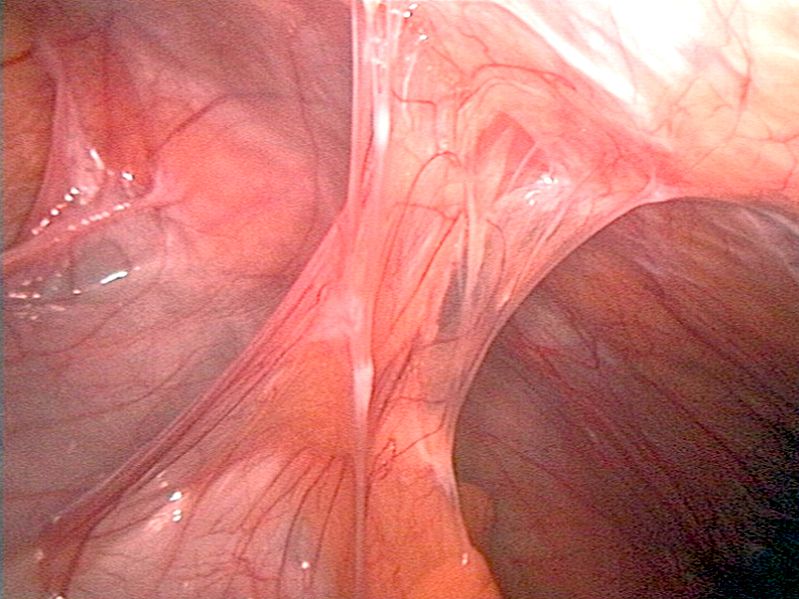Structural Differences in Muscles of Long-Term Resistance Trained Individuals Compared to Untrained
Skeletal muscle adaptations to long-term resistance training are typically attributed to increased size of muscle fibers. However, the possibility of changes in the number of muscle fibers and detailed myofibril structures remains less explored. This study aims to investigate these aspects by comparing muscle characteristics between individuals who have been engaged in long-term resistance training and those who have not trained.
A study published in Medicine & Science in Sports and Excercise included 16 males with long-term resistance training experience (averaging approximately six years) and 13 males who had not undergone any specific training. Researchers utilized magnetic resonance imaging to assess the maximal anatomical cross-sectional area of the biceps brachii muscle. Further, muscle biopsies were analyzed to evaluate the area of muscle fibers, the area of myofibrils, and the spacing between myosins. Estimations of the number of muscle fibers and the number of myofibrils (both in total and per muscle fiber) were calculated by dividing the maximal anatomical cross-sectional area by the area of muscle fibers or myofibrils, and dividing the area of muscle fibers by the area of myofibrils, respectively.
Key Findings:
- Muscle Size and Fiber Number: Individuals with long-term resistance training (LRT) displayed significantly larger muscle sizes with a 70% greater cross-sectional area of the biceps brachii compared to untrained (UNT) individuals. They also had a 34% higher number of muscle fibers within this area.
- Muscle Fiber Size: There was a consistent increase in muscle fiber size in resistance training individuals, with a 29% larger fiber area. This enhancement occurred similarly across both type I and type II muscle fibers, indicating uniform hypertrophy rather than a preference for one fiber type over another.
- Myofibril Number and Size: Despite the tendency for smaller myofibril areas in resistance training individuals, they had significantly more myofibrils per fiber (+49%) and in total (+105%). This suggests a complex interaction of myofibril proliferation and possible splitting, which may counteract increases in individual myofibril size over prolonged training periods.
- Myosin Spacing and Muscle Density: The study noted a 7% tighter myosin spacing in resistance training individuals, implying a greater density of contractile filaments (myofilaments). This tighter packing may contribute to the enhanced strength and power observed in resistance-trained muscles.
Clinical Implications:
- Understanding Muscle Plasticity: These findings underscore the plasticity of muscle structure in response to long-term resistance training, highlighting potential targets for therapeutic interventions in muscle weakness or injury recovery scenarios.
- Tailoring Rehabilitation and Training Programs: The knowledge of how muscle fibers, myofibrils, and myofilaments adapt to long-term training can aid therapists in designing more effective rehabilitation and strength training programs, particularly for athletes or individuals recovering from muscle-related injuries.
- Monitoring Training Effects: Therapists should consider these muscle adaptations when assessing the effectiveness of resistance training programs, especially when aiming for specific outcomes such as increased muscle size, strength, or injury prevention.
Conclusions: The findings demonstrate that long-term resistance training not only increases the size of muscle fibers but also impacts the number of muscle fibers and the structural density of myofibrils within those fibers. These results underscore the significant ultrastructural plasticity of human muscles due to resistance training, indicating that trained muscles feature a more compact and efficient architecture compared to untrained ones.

